Tohji: The Step Forward is Zero
|NOA CID BLANCO
What began in Tokyo’s DIY corners with glitchy SoundCloud drops and raw demos grew into a movement with its own codes, sound, and sense of possibility. Somewhere along the way, rapper Tohji blurred the lines between rap and rave, between Japan and the wider world, combining moments of hedonistic escape with a heavy, introspective pull.
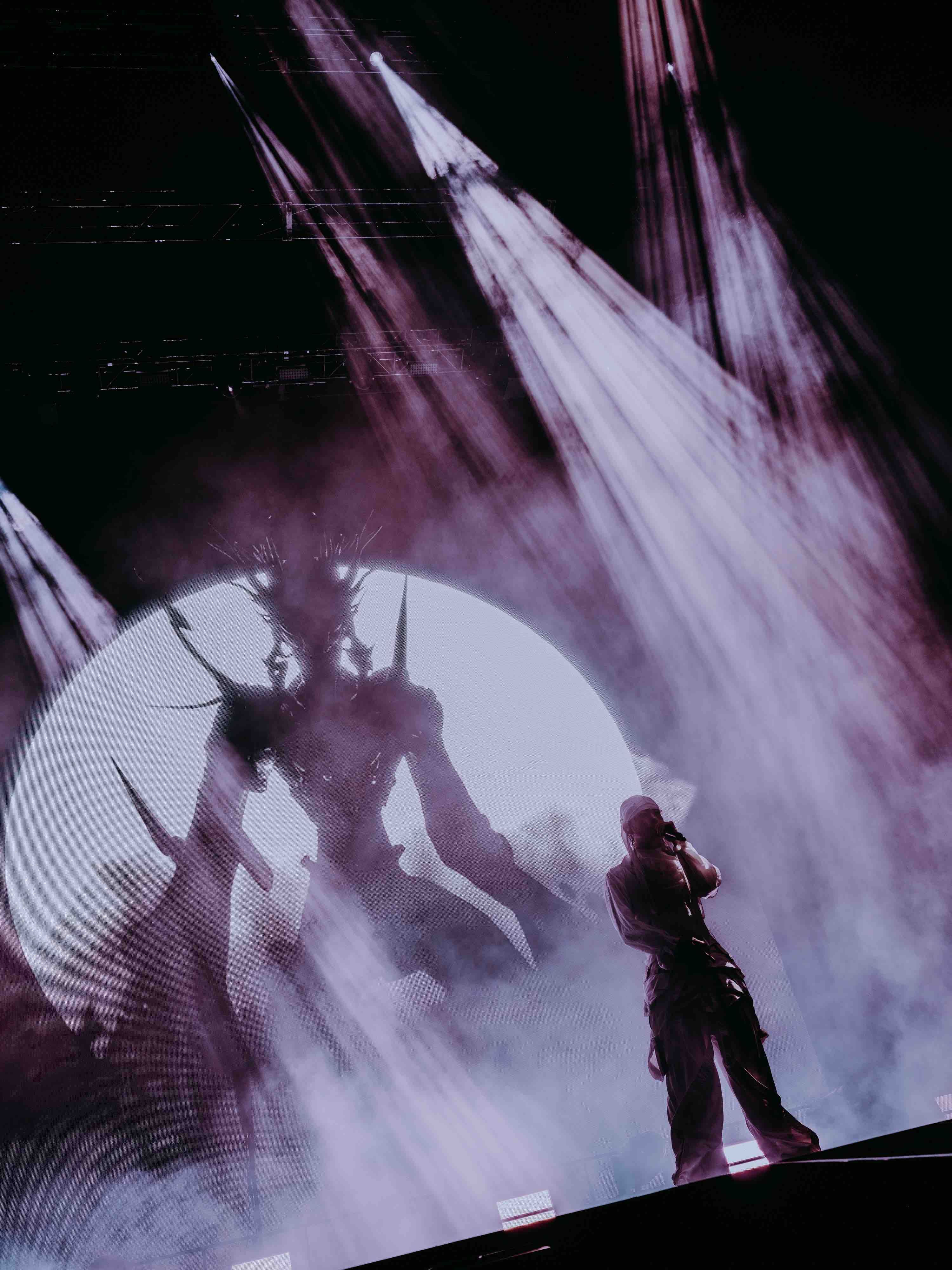
Tohji live performance. Photography Jun Yokoyama
By the time he filled Yokohama’s Pia Arena MM with more than 10,000 fans earlier this year, the scale of what he’d created was undeniable. And with his latest release, the EP zero-one, and its upcoming follow-up, zero-two, Tohji opens the door to a new phase. Not a break from what came before, but a transformation—a world shifting into stranger, more experimental forms. There’s a primal energy running through it now, something darker and more alien, yet still anchored in that dreamy, synthetic euphoria that’s long been his signature—blurring the edges between club music and underground rap.
Through collaborations stretching from Asia to Europe—Mechatok, yeule, Bladee, Loota, Mura Masa, and others—and the party series u-ha he curates, Tohji has been building a world within the Japanese context, with intention and a deep sense of place. It was never about being everywhere. It’s always been about creating something that feels real for the ones who are part of it.
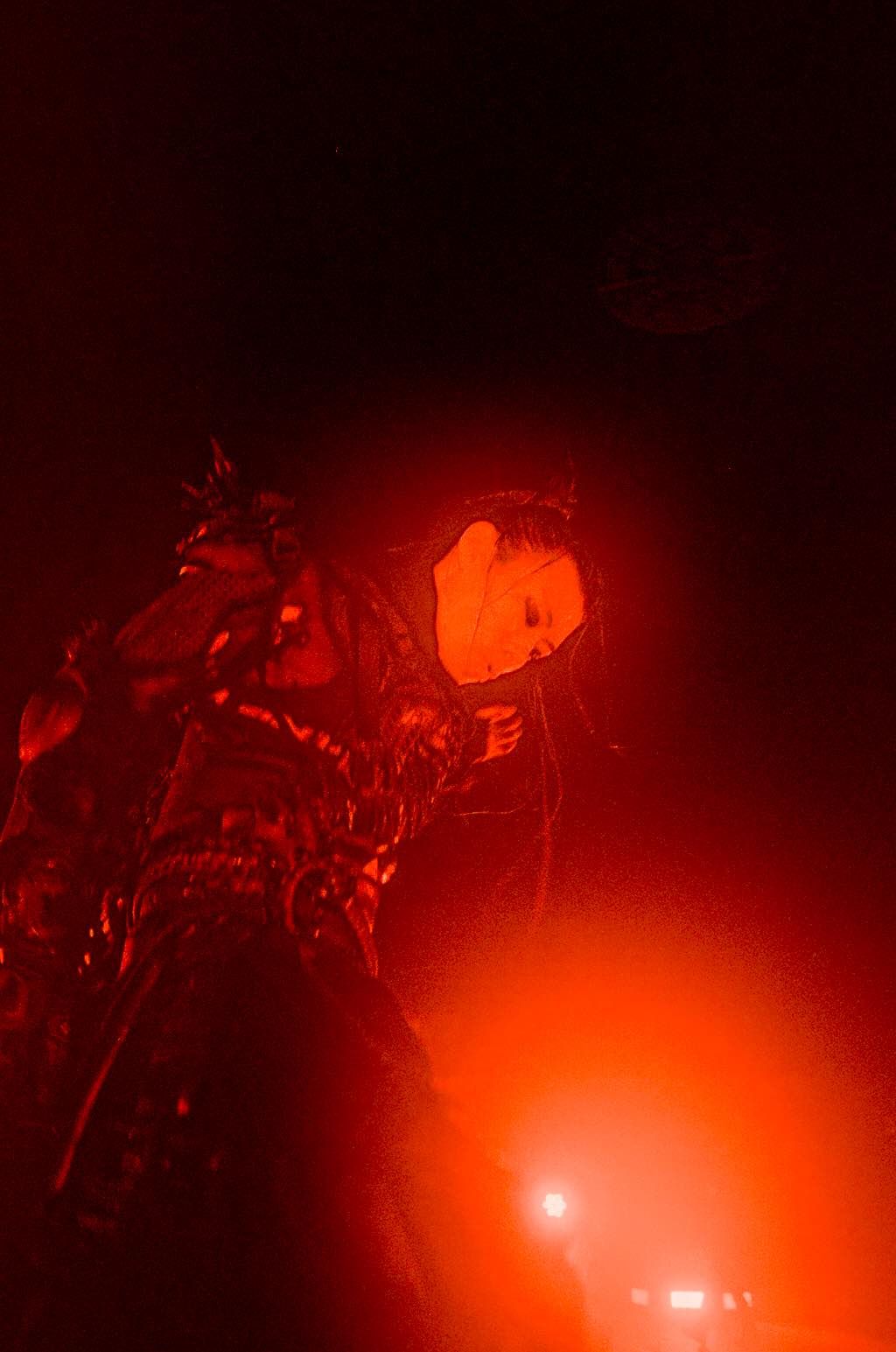
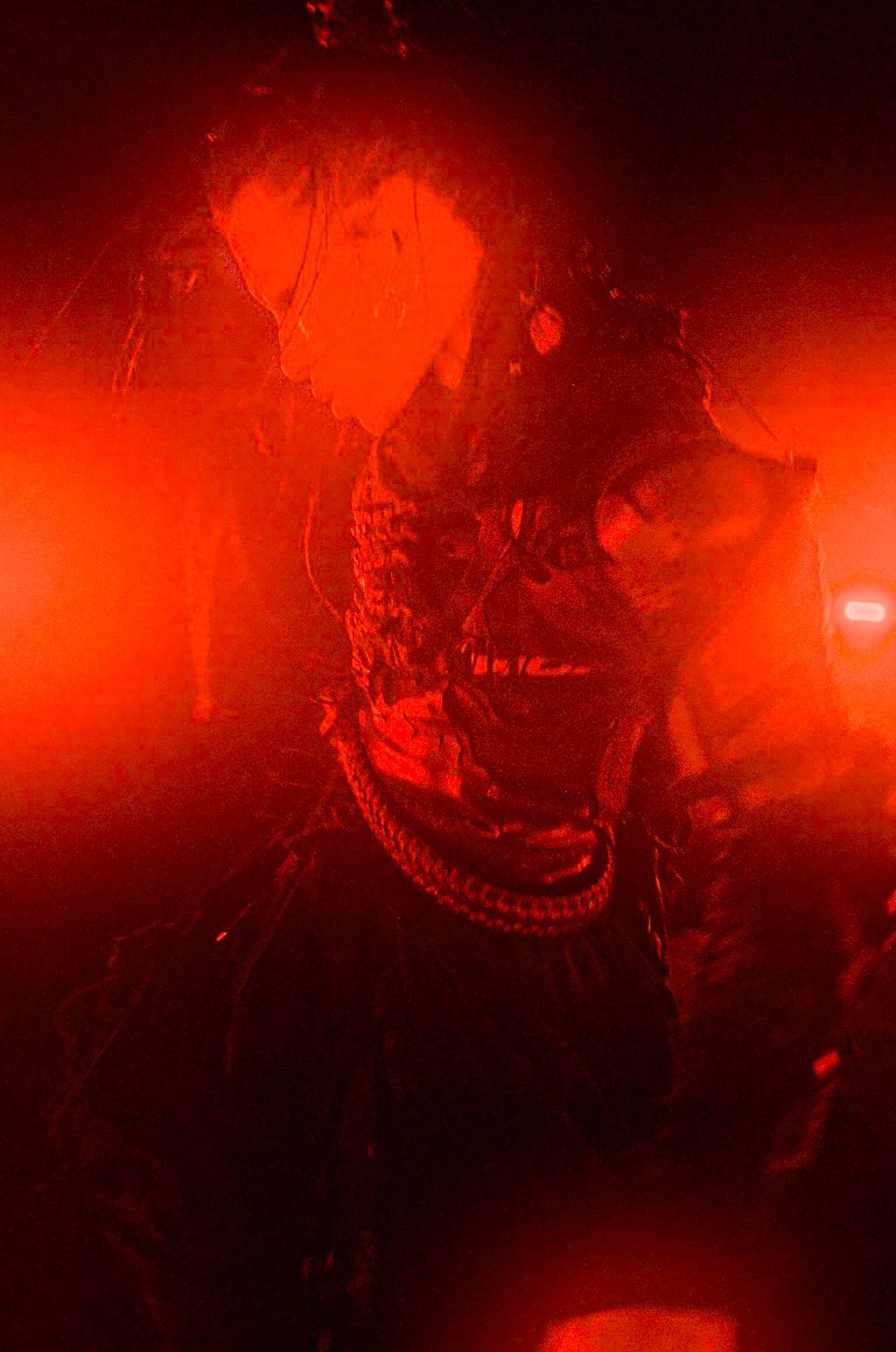
Tohji portraits. Photography Taito Wave
Noa Cid: zero-one is out, zero-two is coming. Why did you decide to release a series of EPs this time?
Tohji: I’m sharing the process. Somehow it feels more reasonable than releasing one “perfect” EP in a year.
I want to taste the flow of the process itself. For me, that’s the most natural way to express something as an artist.
NC: So, now you’re making music in a continuous creative flow, rather than isolated moments of creation?
T: Exactly. I’m showing a sketch, a work in progress, rather than something that says, “This is the final piece and now I’ll disappear for two years.”
I’m suspicious about the worth of the final piece. Take every great painter, their whole career is their statement. The process is what matters.
NC: Many creators of different disciplines use social media to show how they arrive at their final creations. But what you’re doing is different.
T: I’m not that into social media anymore. I used to post a lot and enjoyed that conversation with the audience. Lately, I just want to focus on things like reading or talking with people.
Deeper activities are not effective for the hype. But if you care only about the hype, you just catch the surface. For me, that’s tasteless.
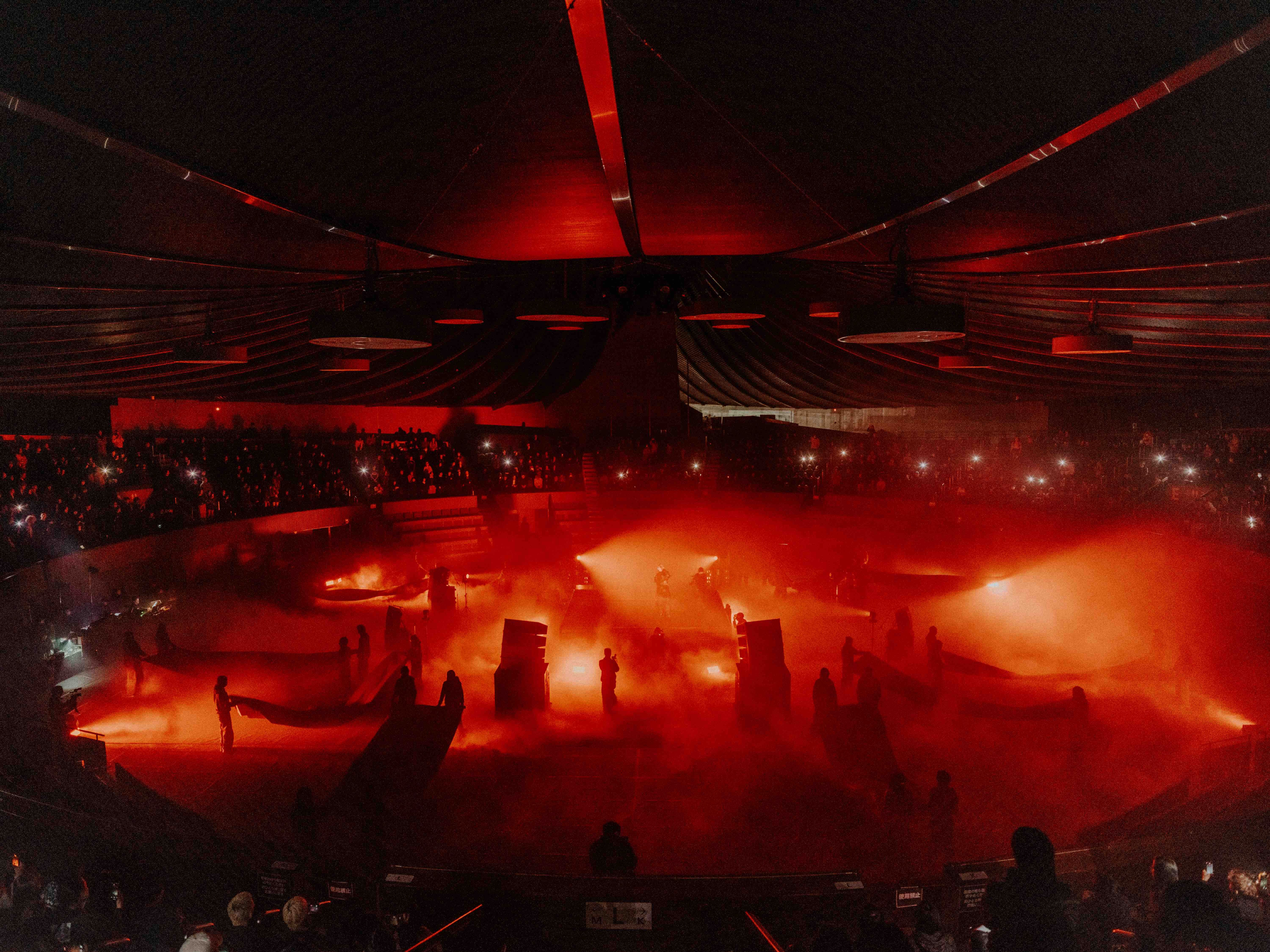
Tohji live performance. Photography Jun Yokoyama
NC: The vibe of your arena show this year was epic. But you also took the opportunity to share bits of your past, like that old video of you and your friends as young art students, and your speech about deciding to create something new together. Why look back now? Is it a way to stay grounded?
T: It’s difficult for artists to tell personal narratives. There’s a demand for the typical story—like a boy reaching success. Many rappers try to adjust to that because it’s easier than explaining their real narrative.
Recently, I’ve been reading about the history of philosophy in Japan and how Western philosophy was combined with Japanese ethics. When I think about my own story, I’m influenced by my time in Japan and the good friends I’ve made here. But explaining that influence to my friends from outside Japan is hard if they don’t know the different contexts. My foreign friends don’t know the Japanese context—Tokyo vs. Yokohama, how the underground scene works, or even things like how important comedy is in Japan. It’s the same the other way around too. It’s hard to explain my experience on the Piccadilly Line to my friends who drink on the street, pass out holding a beer, and just live their life in Tokyo, focused on what’s in front of them.
Maybe that’s why I try to share my process. If people see the process, they can imagine the story themselves.
NC: How did your experience living outside Japan shape your story as an artist and the music you’ve made in Japan?
T: Around the time of COVID-19, I started going to Europe for festivals, parties, shows, and working with friends. In Japan, our kind of scene was super small back then, and traditional rappers didn’t like what we were doing. I got tired of Japan, so I was enjoying Europe. But then, a new generation came up in Japan. They’d been watching us and started making music. The scene grew. In Europe, I’m an outsider, but I felt like I could build something for us in Japan.
I’ve always wanted to build our scene in Tokyo, and I’m happy it’s finally happening.
NC: You’ve mentioned the evolution of the Japanese music scene, where do you feel it most? And what role do you see yourself playing in making it happen?
T: I’ve noticed that young people have started to join the college where I studied, even my high school… Did you know that the students at my high school play my songs at every ceremony? It’s funny because I quit school after a fight with the teachers, but now they have to listen to my songs at every event! [Laughs].
But more seriously, I have good, talented friends in Tokyo, and I keep finding more. There’s a kind of synergy, like we all share the mission to make something interesting, something cool. We think about the future, about Tokyo ten years from now.
When I’m in London, I don’t think about making London change. But in Japan, it feels like a shared mission. I even feel that from my friends from Korea or China lately, like we all kind of want to have a moment for us in Asia.
NC: I’ve heard you say that a new pan-Asian energy has been inspiring you lately. What exactly do you see happening in Asia that wasn’t happening in the past?
T: We’re checking in on each other. Ten years ago, I don’t think we really paid attention to other Asian cities, but now we’re closer. I can feel it in my audience, too. I’ve had a lot of fun in cities outside Japan, like Seoul and Taipei, where the enthusiasm is even bigger than in some rural cities in Japan.
NC: You went to Vietnam to shoot your music video for “Tenkasu” with the local art collective Antiantiart, and Phương Vũ directed the video. How was that?
T: The vibe in Vietnam is totally different. In Japan or Korea, the population is getting older, but it’s not like that in Vietnam. Youth have the numbers to control the vibe of the country, they’re making their own rules now. I enjoyed that kind of energy.
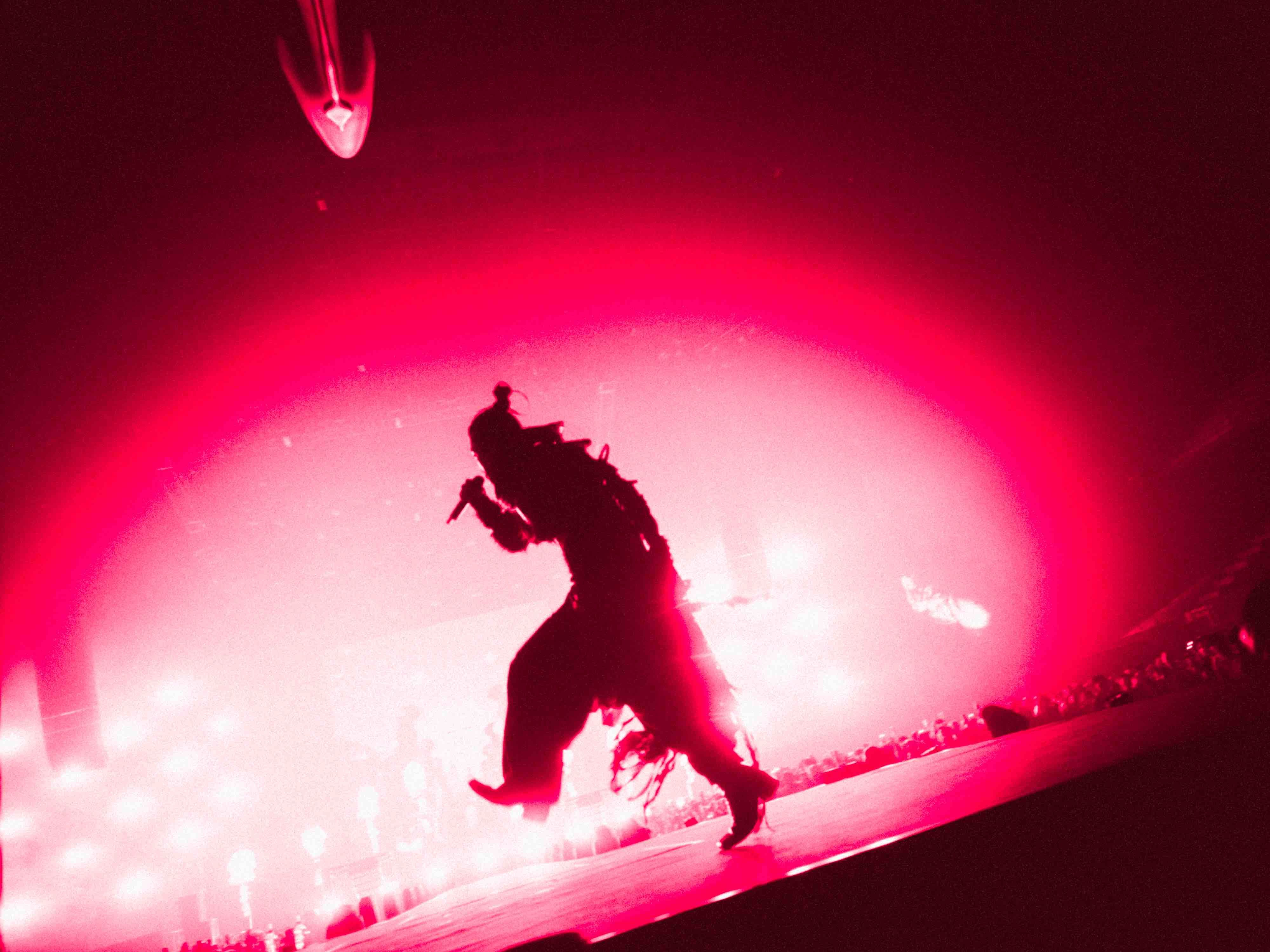
Tohji live performance. Photography Jun Yokoyama
NC: I can totally feel that from the video! Why did you choose to work with them?
T: They’re my friends. They do a lot of things in Vietnam, like making ads for Porsche, Apple, or local shopping malls. They basically do every ad in Vietnam with a team of around 50 people. They have this huge studio-slash-office with their own editing room, meeting room, dance studio, and even a hair salon. They also have a residential area next to the building, so they all live close by. It’s really fun to work with them.
NC: How did you meet?
T: That was five years ago. There was a guy working for the Tokyo Olympics who wasn’t really sold on the government or the whole Olympic idea. All he wanted was to get some money from them and give it to local artists. He asked if I wanted to use the money, and I said yeah. It had to be a collaborative project, so I went out to find someone to work with—and that’s when I found these lovely guys from Vietnam. They were always dancing at some weird club, and I loved their energy. That’s how we started working together.
NC: From your recent videos for “Tenkasu” and “Saint-Seiya“ (directed by Masaki Watanabe) to the costumes by n00bcyb0t and artworks by eternalusa, Zhao Rundong, and GH3++0_B1RD—your visuals lately feel way more apocalyptic, alien-esque, and darker. What’s driving that shift?
T: I’ve unleashed my grossness. I needed to release something stinky that I had inside.
I tried to find traces of a past culture inside of me. I remembered how in the 00s, there were many art pieces in the parks in Japan, but we can’t see those sculptures anymore because Japan always keeps making things new. I noticed I had also killed something from my past, an animalistic side of me.
In those parks, I used to be kicking a football and sweating all the time when I was a kid. I would read super nasty magazines left there by someone. They were wet and ruined by the rain but they were a treasure for young boys. [Laughs]. Everything was dirtier then. That’s the side of me I wanted to reconnect with.
NC: Is this project called zero-one as a new beginning in the way you make music?
T: Yeah. Before, I thought of each project with different people. But from last year, I have a fixed team. I’m working with the producers gentoku, Big Animal Theory, Xansei®️, and UKD (from Double Clapperz). We’re enjoying evolving together. zero-one and zero-two could be the process toward an album.
Now I’m experimenting with the power of the team and the process. I record my vocals freestyle and make songs really randomly, like telling some bullshit to my friends. Every song is kind of a joke at the same time. It’s like a diary of experimentation.
NC: This team of creators goes beyond just music, right? In your recent shows, everything—from the visuals and styling to stage design, artwork, video, and photography—feels like it was crafted by your long-time friends. How does that reflect who you are as a solo artist?
T: I used to think it was lame when movie stars thanked their teams at the Oscars. But now, I understand. It’s not just me. It’s what our team did. They’re the friends I met on the journey—at my first release party, in London, or recently... I’m proud of that.
NC: As someone who has been following your career, your arena show felt like the culmination of an era. Did you get a feeling of achievement performing in this big production?
T: I’m starting to forget the exact feeling, but it was weird. I kind of knew I could do it, but also, I didn’t know I could do it! I remember when I started making music, I told my friends: This is easy, I can do huge shows. Somehow, I knew it, but I didn’t know it.
NC: Apart from your music and your live performances, you also organize the party series u-ha.
T: I just wanted a place for my friends to gather, bringing artist friends from outside Japan and pushing local artists as well. I hate how big festivals in Japan separate local artists from foreign ones. They even get different green rooms! Why not mix? By having a party together, you can create a whole new field of possibilities as friends.
NC: Another of your projects is the clothing brand Vanillani. Most artists just focus on their merch, so why create a fashion brand?
T: I had ideas. My friends are good at making clothes. Why not? It’s a canvas for my friends.
NC: How is creating music different from fashion?
T: Music is selfish. I create music for me, I make clothes for others.
NC: How do you imagine the future Tohji?
An album will come later as the next step in this experiment. As for me, I don’t want to spend my life just pretending to be a celebrity. I’ve seen big artists putting all their efforts into maintaining the image they’ve created. I don’t care about that. I want to follow what I’m truly interested in. It’s simple.
Credits
- Text: NOA CID BLANCO
- Photography: JUN YOKOYAMA
- Portraits: TAITO WAVE
- Hair & Make-Up: HAYATE MAEDA
- Costume Design: n00bcyb0t